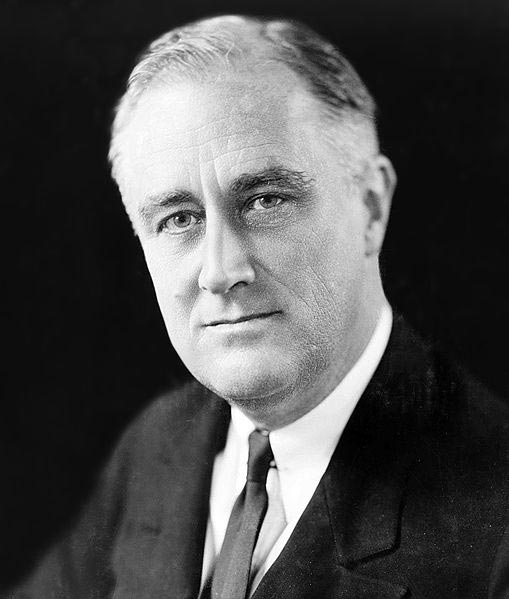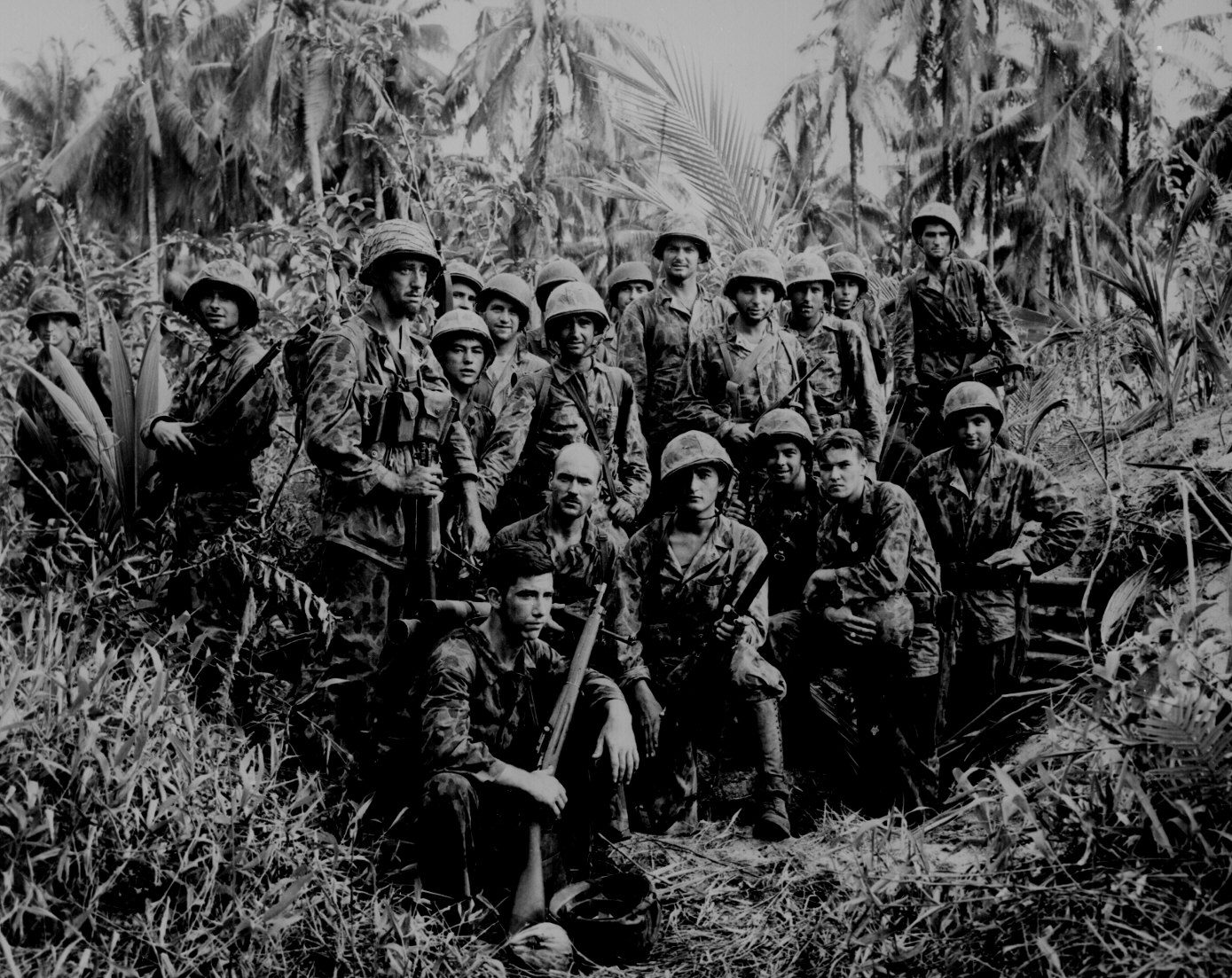World War II in the United States of America
In the 1930's the American people -- having lost many young men in World War I -- were very hesitant to involve themselves in another distant war. The isolationism of the American people was reflected in Congress, which led to the passage of the Neutrality Act of 1937, making it unlawful for the United States to trade with belligerents.
However, President Roosevelt wanted the U.S. to become involved in the European war. When the war broke out in 1939, he proclaimed a limited emergency and authorized increases in the size of the Regular Army and the National Guard. Congress also agreed to amend the Neutrality Act to permit munitions sales to the French and British.
Meanwhile, in the Pacific, Japan had invaded Manchuria. Roosevelt reacted by shutting off American trade with Japan. This made the Japanese even more aggressive since they needed resources from abroad to feed their industries. Japan decided to invade the resource-rich British and Dutch colonies in Southeast Asia.
Japan viewed the U.S. as the most significant threat to their aggressive ambitions. The U.S. Pacific Fleet at Pearl Harbor was the only force capable of challenging Japan's navy, and American bases in the Philippines could threaten lines of communications between the Japanese home islands and the East Indies. Every oil tanker heading for Japan would have to pass by American-held Luzon. From these needs and constraints, Japan's war plans emerged.
Back on the European front, the rapid defeat of France and the possible collapse of Britain dramatically accelerated American defense preparations. Roosevelt directed the transfer of large stocks of World War I munitions to France and Britain in the spring of 1940 and went further in September when he agreed to the transfer of fifty over-age destroyers to Britain in exchange for bases in the Atlantic and Caribbean.
In March 1941, Congress repealed some provisions of the Neutrality Act. Passage of the Lend-Lease Act, which gave the President authority to sell, transfer, or lease war goods to the government of any country whose defenses he deemed vital to the defense of the United States, spelled the virtual end of neutrality. The President proclaimed that the United States would become the "arsenal of democracy."
In the spring of 1941 American and British military representatives held their first combined staff conferences to discuss strategy in the event of active U.S. participation in the war. The staffs agreed that if the United States entered the war, the Allies would concentrate on the defeat of Germany first. The President authorized active naval patrols in the western half of the Atlantic, and in July, American troops took the place of British forces guarding Iceland.
However, Roosevelt was unable to directly enter the war, since the American people were still in favor of neutrality. The Japanese took care of this in December when they attacked Pearl Harbor. The day after the attack, on December 8, 1941, the U.S. declared war on Japan and Germany.
By the end of World War II, about 295,000 American men and women would be killed.

Franklin Delano Roosevelt (January 30, 1882 – April 12, 1945), also known by his initials, FDR, was the 32nd President of the United States (1933–1945) and a central figure in world events during the mid-20th century, leading the United States during a time of worldwide economic depression and total war.(Above)
Casualties:
Military |
Civilian |
Total |
400,000 |
- |
400,000 |
US Soldiers in WW2 (Below)
